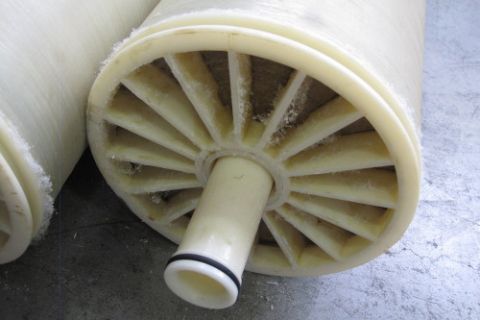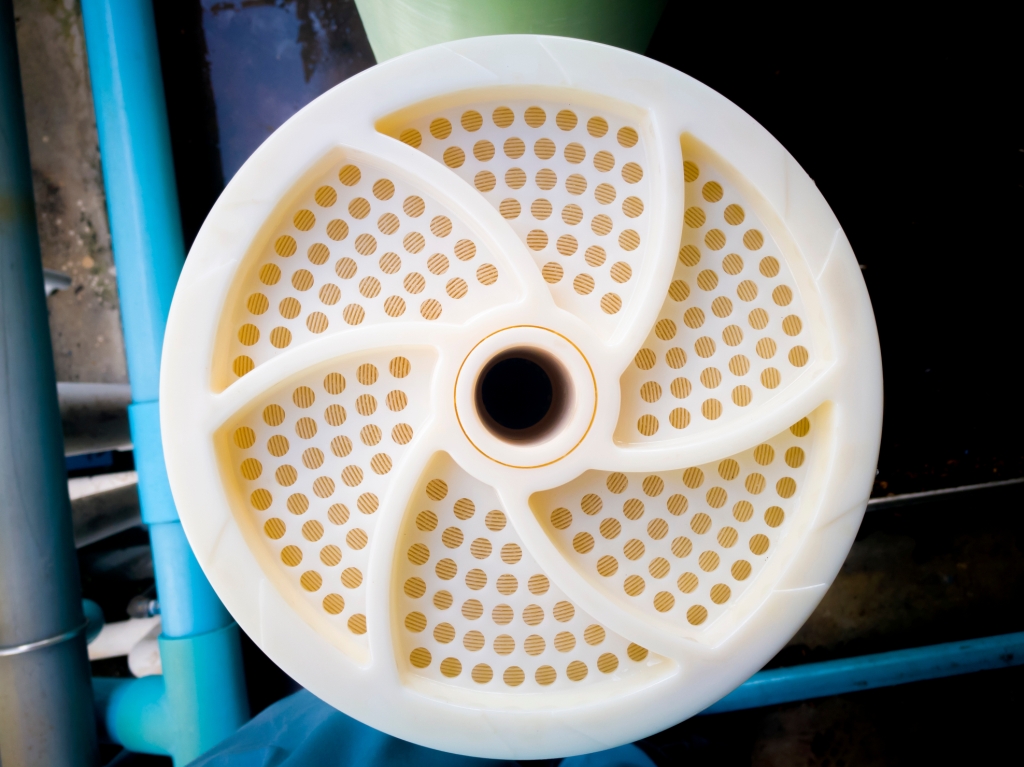Maintenance of RO membranes
Maintenance of RO membranes
Reverse osmosis installations purify water using membranes. The main advantage is that almost no additional substances need to be added and that one can achieve one's goal with limited energy costs. However, if these membranes are not properly maintained, they quickly become contaminated with serious consequences for the process.
Causes of contamination of the RO membranes
Biological contamination, chemical precipitation and membrane damage are the main causes of the contamination of RO membranes.
Biological contamination (fouling): concentrated impurities can deposit on the membranes, especially during a standstill. Microbiological growth on the membranes, failure of pre-treatment or failure of chemical dosing can also cause the RO membranes to become dirty.
Chemical precipitation (scaling): the precipitation of poorly soluble chemicals on the membrane surface by oversaturation.
Membrane damage: when chemicals react with the membrane and cause damage to it.
Consequences of contamination of RO membranes
Contaminated RO membranes lead to various problems:
- Lower permeate flow
- Lower salt discharge
- Lower quality demi water
- Increased differential pressure
- Increased costs
- Shorter service life of the RO membranes.
If the above symptoms occur, it is important to perform a CIP treatment on the membranes as soon as possible to prevent further damage.
Prevent contamination of RO membranes
Prevention is key. A good pre-treatment can reduce the risk of pollution. PCA offers a wide range of possible pre-treatments, depending on the water source. If you work with tap water, we recommend a water softener or anti-scalant with a pre-filter. The water softener removes the poorly soluble Mg2+ and Ca2+ salts from the water. The anti-scalant retains the Mg2+ and Ca2+ salts. Both prevent the precipitation of the salts on the membranes. The pre-filter stops the small dissolved particles so that they cannot contaminate the membranes. When river, canal, sea or rainwater is used, we offer sand filters, activated carbon filters, decanters, ultra/microfiltration or an alternative, depending on the specific situations.
In addition, regular maintenance must be carried out on the membranes. This ensures that any contamination is detected and treated in time to prevent further damage. That is why PCA regularly provides CIP treatments (Cleaning In Place) for its customers. This is how it works:
- The CIP tank is filled with demineralised or softened water.
- An alkaline solution is prepared that must circulate over the membranes.
- The membranes are then rinsed with demineralised or softened water.
- The membranes still need to be treated with an acid solution because the membranes collect and swell the alkaline solution. This treatment will correct the pH.
- As a final step, the membranes must be rinsed again.
- The pre-treatment is also subjected to a thorough check.
The combination of pre-treatment and regular CIP treatments considerably increases the life span of the RO membranes. So you can always count on a demineralised water of the highest quality.
Can you use some help with the pre-treatment or maintenance of your RO membranes? Contact us so we can make an appointment.



